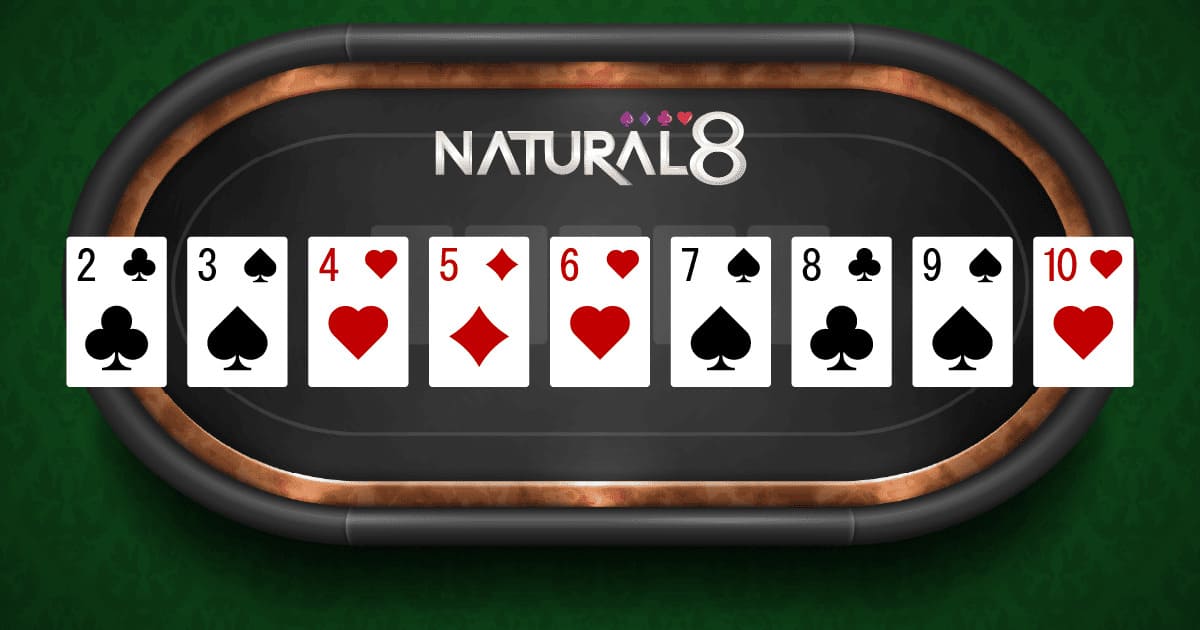
If you're new to playing blackjack, one of the first and most important things to wrap your head around is the card values in blackjack. Without a clear understanding of how each card counts, it’s almost impossible to make smart moves at the table. Trust me, more than a few hands have been lost by folks who thought they knew how the cards worked, but didn’t.
Why?
Because home games tend to have different rules from casinos. And when you bring your home-game blackjack knowledge to the casino, troubles ensue.
Let's look at the basics, the not-so-obvious stuff, and the common mistakes players make. Whether you’re just getting into blackjack games or trying to polish up your strategy, understanding blackjack card values is step one.
So, What Are the Card Values in Blackjack?
In blackjack, each card in the deck has a specific value that contributes to your hand total. The goal is to get as close to 21 as possible without going over (a.k.a. “exceed 21” — which you do not want) and that your hand must beat the dealer.
Here’s how it works:

Numbered Cards (2 through 10): These are easy — they’re worth their face value. A 6 is worth 6, a 9 is worth 9, and so on.

Face Cards (Kings, Queen, and Jacks): These are also known as picture cards, and they’re each worth 10 points. A lot of people think they’re worth 11 for some reason — nope, they’re always 10.

Aces: Ah, the tricky one. An Ace can be worth 1 or 11, depending on what helps your hand more. More on that in a second.
The Ace Confusion: When Is It 1 and When Is It 11?
A lot of beginner players get confused when trying to count the Ace. If you’ve ever heard someone say, “I’ve got a 12… or a 22?” you know what I mean.
Here’s the deal:
If using the Ace as an 11 doesn’t push your hand over 21, that’s what it counts as.
If it would cause you to exceed 21, it automatically counts as 1.
Example:
If you’re holding an Ace and a 6, that’s a “soft 17” — which means it’s either 7 or 17. You can draw another card and not risk busting immediately, which gives you a little breathing room.
If you draw a 10 after that? Now it’s a hard 17 — the Ace drops to 1 to keep you in the game.
This is where trouble happens for those who are used to playing blackjack at home. At some home games, Ace is only worth 11 points if you have 2 cards, but once you take a third card, the Ace is only worth 10 points max. If you play at casinos, remember - in casinos, Aces are always 11 or 1, regardless of the number of cards you have.
Soft Hands vs. Hard Hands
Let’s take a quick detour into blackjack lingo. Understanding the difference between a soft hand and a hard hand will help you play better and make sense of all those basic strategy charts.
A soft hand is any hand with an Ace that can still be counted as 11 without busting.
A hard hand is a hand that either doesn’t contain an Ace, or contains an Ace that can only be counted as 1.
This is crucial when it comes to deciding whether to hit or stand — and especially when you're facing a tricky dealer hand.
Why Card Values Matter: Strategy & Decision-Making
Okay, so why is all this important? Because every decision you make in blackjack is based on your current hand total, what the dealer is showing, and how likely it is that your next card will push you over 21.
Let’s say your initial two cards total up to 16 (maybe a 10 and a 6). Should you hit? That depends on the dealer’s card. If they’re showing a 7 through Ace, the basic strategy player would probably hit, even though it's risky. If the dealer’s showing a 4, 5, or 6 — it might be better to stand and hope they bust.
That’s why understanding how cards count helps you play smarter.
A Few Common Mistakes to Watch Out For
Thinking face cards are worth different values. Some folks think Kings are worth 13 (because, you know, King = 13?) Nope. All face cards = 10. Period.
Treating Aces as always 11. Big mistake. Count the Ace based on what’s best for your hand. If you don’t, you’ll bust more often than you should.
Not recognizing soft hands. A soft 18 (Ace + 7) is NOT the same as a hard 18 (10 + 8). You can play a soft hand more aggressively because of that Ace flexibility.
Ignoring the dealer’s card. The right move isn’t just about your hand — it’s also about what the dealer hand looks like. That’s why basic strategy exists — to guide your choices based on both hands.
Final Thoughts: Build a Solid Foundation
If you’re just starting to play blackjack, don’t worry about counting cards or memorizing 50 advanced strategies. Start with understanding the REAL blackjack card values, practice how they work together, and learn the difference between soft and hard hands.
Every winning move in blackjack — doubling down, hitting, standing, even whether to walk away — comes from a good understanding of the basics. So master the card values in blackjack, and you’ll already have a major edge over most casual players.
And remember, it’s a deck game — not a game of luck alone. Knowing the rules gives you the power to reduce the house edge and make smarter bets. Even your original bet can go further when you make the right choices.
Now go grab a deck, deal a few hands, and get the hang of it. The cards are only as mysterious as we let them be.

.webp)

























